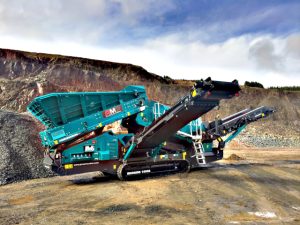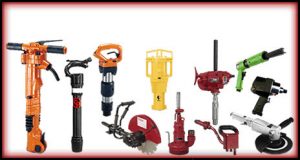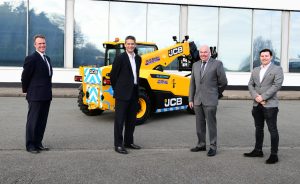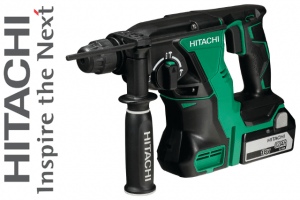A rotavator is a tool used by homeowners in the garden or allotment, and is also used by farmland owners. The purpose of a rotavator is to break up the soil so that cultivation can take place. They churn up the soil to about 9″ in depth but they do not dig deeply. The depth will largely depend on the size of the machine and the type of soil it is used on. Rotavators are a time and energy saving alternative if you have big areas of soil you wish to turn over, compared to using a spade. They are best suited to plots of land that are actively used for growing crops, flowers, or market style gardens. Also useful for spreading compost or manure, but they will not get your additives deep into the ground.
Types of Rotavator
Different types of rotavators are designed to suit different needs. Ordinary garden rotavators are designed to churn up small amounts of soil, remove pesky weeds and apply fertiliser. They are generally powered by electricity and are easier to handle than other types. Compared to those run by petrol, they are relatively inexpensive.
The front-line rotavator is the next step in terms of size and power. The blades are attached to the front of the machine. Although it is harder to use a rotavator on land that has not been worked on before, if the need arises, this might be the best type to use.
A rear-line rotavator is the largest category of machine for this type of work. They are generally run on petrol or diesel,as they are mostly aimed at larger plots of land or areas where working the soil is not easy. This type is generally more expensive, however.
Before you decide on getting one, you need to check the different manufacturers and models, as there are dozens of them out there.
Safety Tips
When any piece of machinery is used, the safety of the operator and anyone around them should be top priority. Rotavators are not exactly beginner-friendly, so you should get a demonstration from an expert if possible. These machines are powerful, heavy and they have exposed blades. Make sure you have a good understanding of the machine that is going to be operated, particularly how the controls work. Some models have a built-in safety feature, nevertheless, you should know how to turn it off.
Clothing
Wearing suitable clothing is another must when you use a rotavator. Proper work boots, ideally those with steel toecaps is a must, especially if you use a rear-line rotavator, as the blades on the machine work closely to the feet when it is operational. Safety gloves is also recommended, although they won’t be able to protect the entire hand from injury if contact is made with the blades, they can offer some resistance. Gloves will also provide a firmer grip on the handles of the machines. Ear and eye protection is also highly recommended as a rotavator is noise and spits out debris, like stones.
Operation
When you’re operating a rotavator, always be aware of what is going on around the are, and always keep animals and children away from the machine and the space it is being used in. Flying debris could cause injury to them as well as the operator.
Buying used machinery
When you are considering the purchase of a used rotavator, ask the seller lots of questions, and check the machine before you take it. Make sure you ask about any problems the machine might have and if it can be repaired.
Before operation, read the manual that accompanies the machine. Make sure the correct fuel is in use, as the wrong sort will break the machine. Lastly, perform regular maintenance on the machine, ideally before and after every use. Small problems can cause injury, so it is recommended that you fix any underlying issues before you using the machine.
Step by Step Instructions
Consult the machine’s operating manual before starting to use a rotavator, as individual machines will have different methods. These steps below are only a general guide:
- Prepare the engine unite. Ensure there is enough fuel of the correct type in the machine.
- To start the engine, first check the operating manual, as this varies. Many rotavators will require you to pull the choke out, then push the throttle into the running position, before you can pull the starter cord.
- Perform the task, following any specific instructions from the manual. Make sure the blades are in the soil at the desired working depth, and that the operator’s position in relation to the machine is that the arms are almost straight and the body fully upright.











